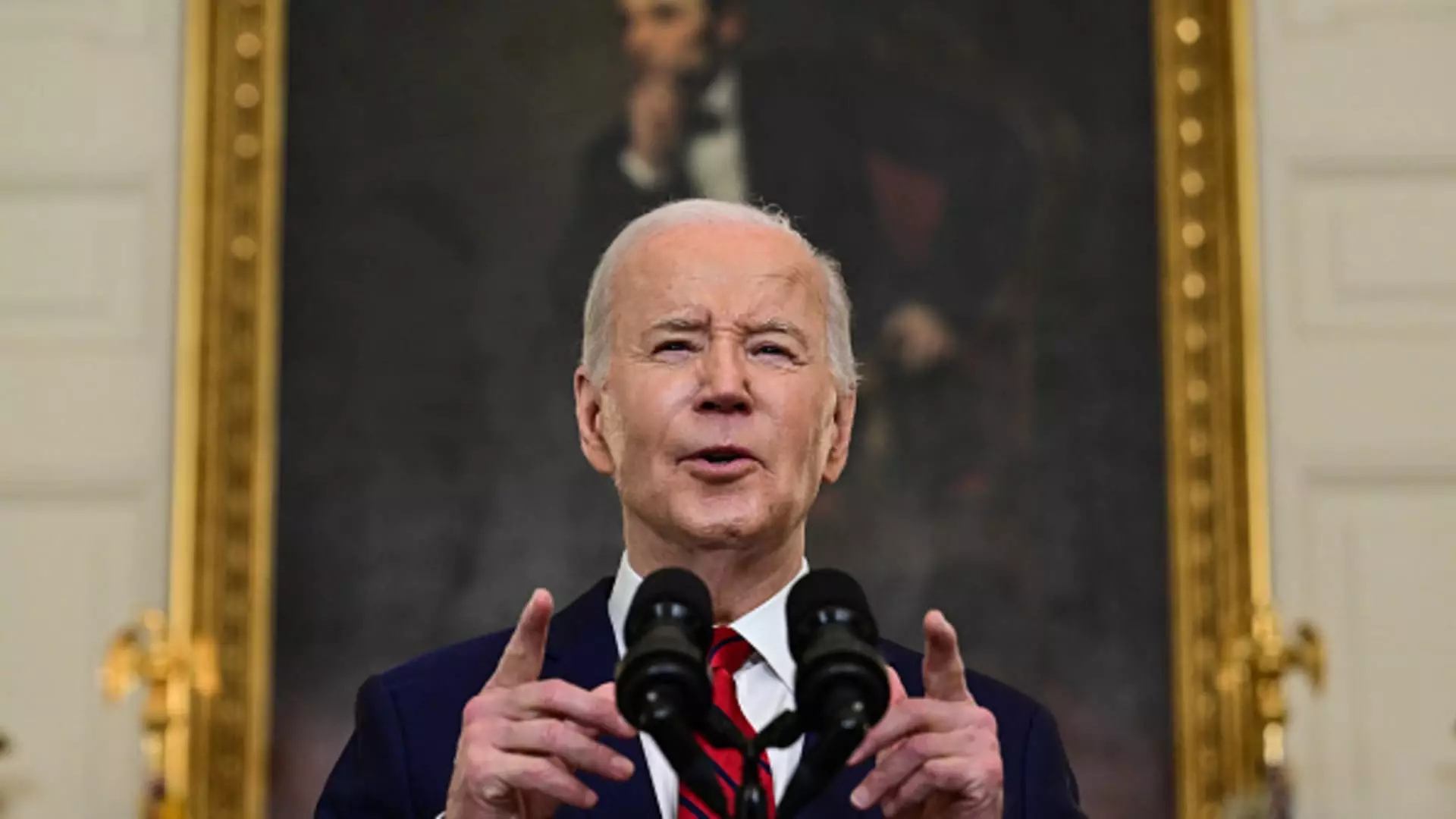President Joe Biden recently unveiled an updated policy to safeguard U.S. critical infrastructure sectors such as energy and financial services from foreign cyberattacks. This policy marks a significant shift from the Obama era infrastructure directive, signaling the administration’s commitment to modernizing and strengthening the nation’s defenses against evolving threats.
The decision to revise the previous Presidential Policy Directive, or PPD-21, was prompted by a changing threat landscape characterized by strategic competition, technological advances like artificial intelligence, and rising malicious cyberactivities from nation-state actors. The threat environment has evolved considerably since the issuance of PPD-21 in 2013, necessitating a more comprehensive and modernized approach to protecting critical infrastructure.
Biden’s updated policy defines the specific responsibilities of federal agencies in safeguarding the nation’s complex network of critical infrastructure. The policy is particularly timely given the rise in ransomware attacks and cyber intrusions targeting U.S. water systems. FBI Director Christopher Wray has highlighted the imminent danger posed by Chinese hackers targeting crucial sectors such as the electrical grid, water plants, and transportation systems.
Despite efforts to improve U.S.-China relations, tensions between the two nations remain high, with ongoing geopolitical uncertainties. The Biden administration has warned China against supporting Russia’s invasion of Ukraine, signaling a readiness to impose sanctions if necessary. Amid China’s assertive stance on reclaiming Taiwan, the U.S. has ramped up military support to the island. Security officials remain vigilant against potential Chinese cyberattacks on critical infrastructure.
The policy directive issued by President Biden tasks the Department of Homeland Security (DHS) with spearheading efforts to mitigate security risks across government agencies. The Cybersecurity and Infrastructure Security Agency (CISA) will work alongside DHS to enhance the nation’s cybersecurity posture. The DHS Secretary will be responsible for providing regular reports on security efforts to the president. The policy also calls for the declassification of relevant intelligence information to aid private sector entities in protecting vulnerable infrastructure.
The updated policy recognizes and codifies CISA’s pivotal role in enhancing government security measures. Established in 2018, five years after the publication of PPD-21, CISA has become a crucial player in safeguarding critical infrastructure from cyber threats. The original directive from 2013 did not account for CISA’s role, reflecting the evolving nature of cybersecurity challenges.
President Biden’s updated policy on protecting U.S. critical infrastructure demonstrates a proactive approach to addressing emerging cyber threats. By modernizing the existing framework and clarifying agency responsibilities, the administration aims to bolster the nation’s defenses against potential cyber intrusions. As the threat landscape continues to evolve, a coordinated and comprehensive strategy is essential to safeguarding critical infrastructure and national security.

Leave a Reply